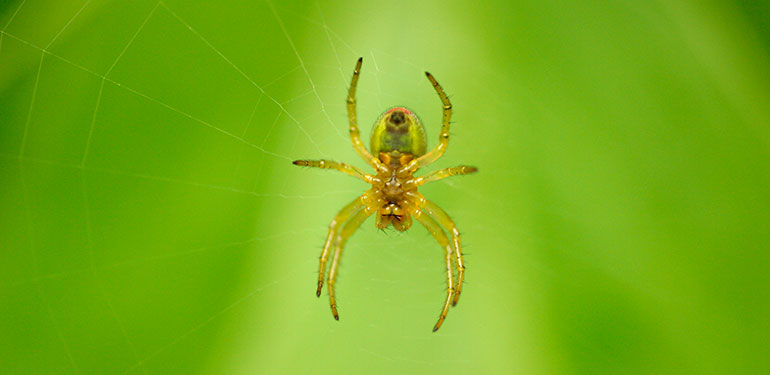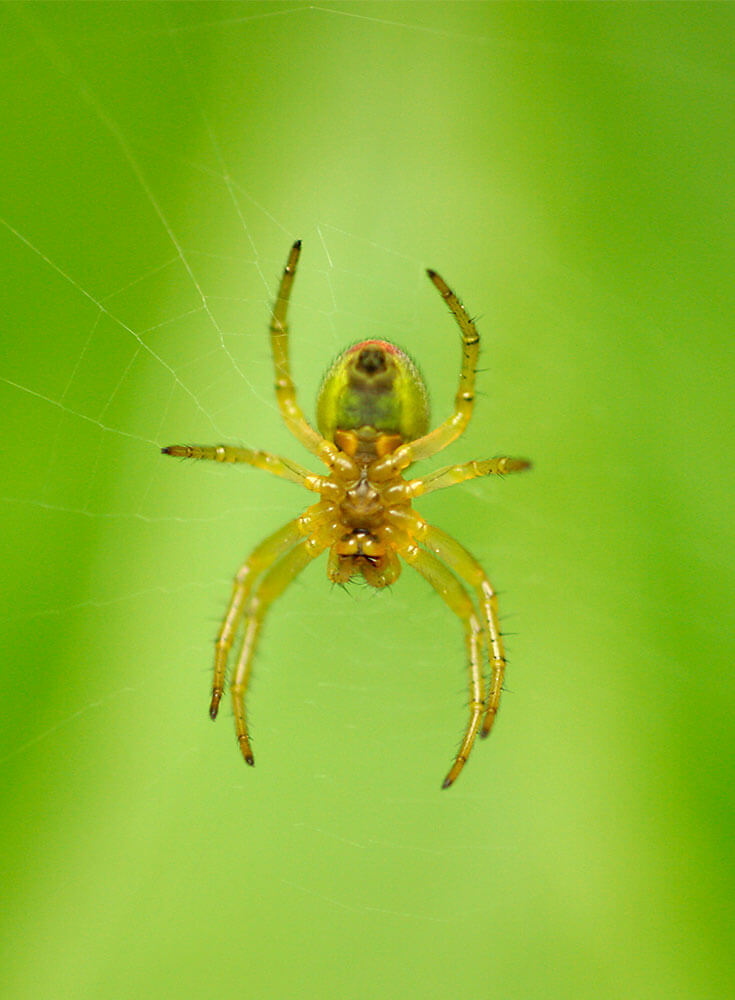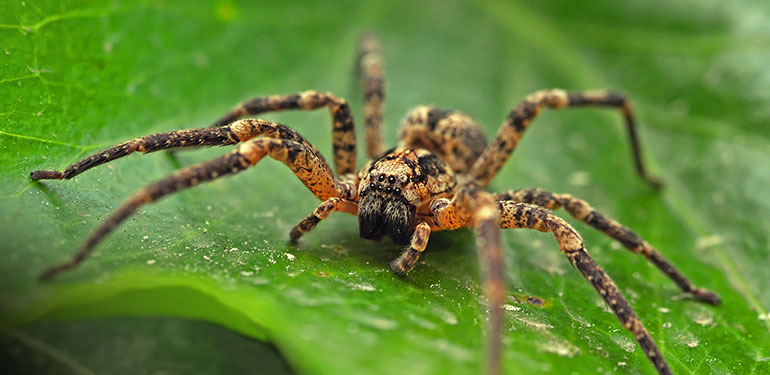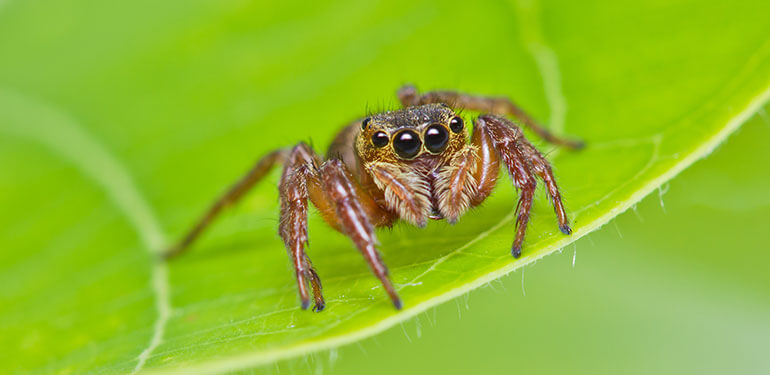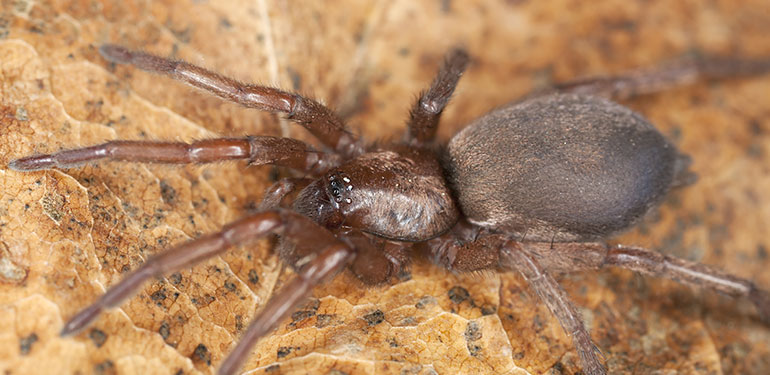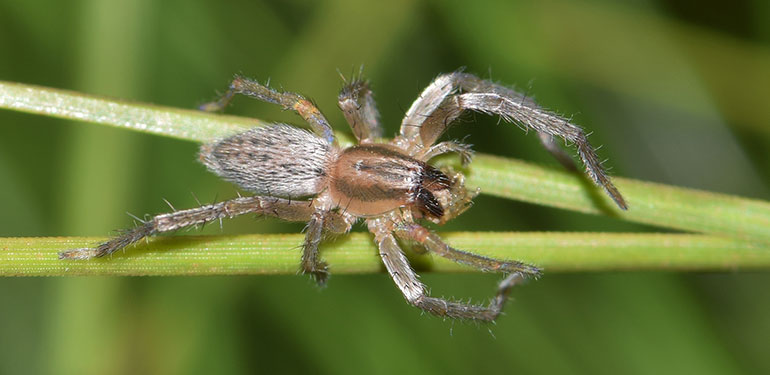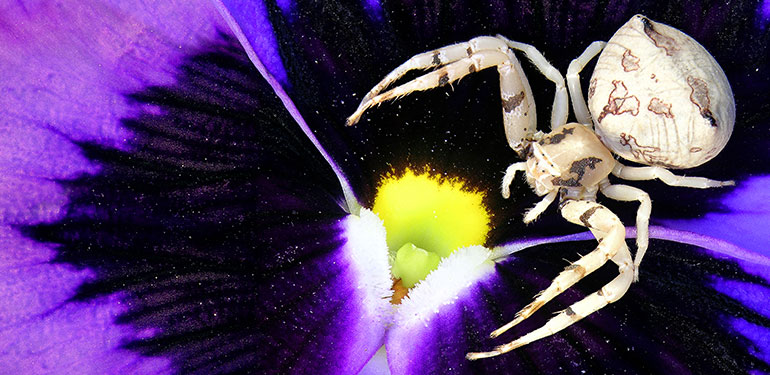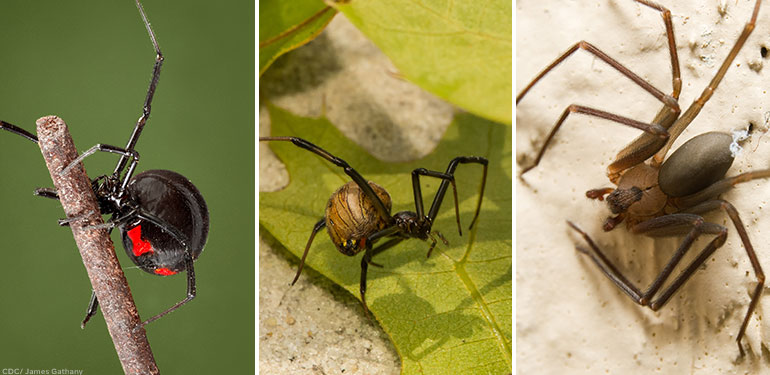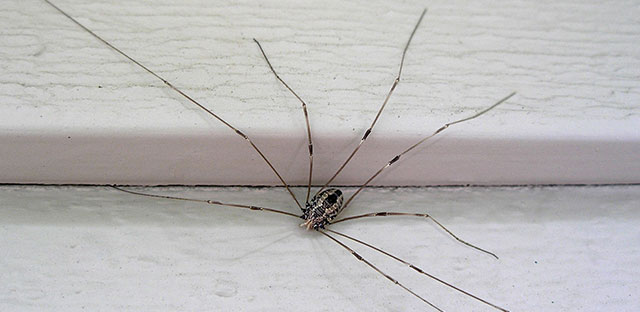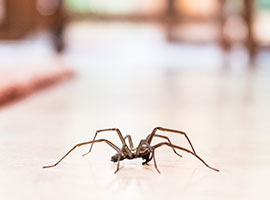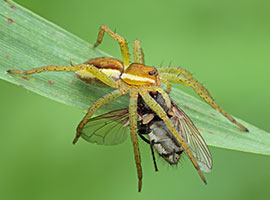
TYPES OF SPIDERS: 40,000 SPECIES … AND COUNTING!
More than 40,000spiderspecies have been identified to date, but the real number is likely higher than that.1 Get to know some common spider types and learn how to help keep them from invading your home.
With their multiple eyes and creepy-crawly legs, spiders can induce fear in humans far beyond what their small size warrants. However, while all spiders are venomous, only a few species should be feared for their painful and dangerous bites. Learn about some common spider species, including their habits and habitats, so you know what to expect when confronted with one of these pests.
WHAT DO SPIDERS LOOK LIKE?
The world’s 40,000-plus spider species come in all shapes, sizes, and colors. But here are a few common characteristics to help you distinguish spiders from other insects:
All spiders have eight legs and six to eight eyes.
Spiders have two body regions: the cephalothorax and the abdomen.
Male spiders are normally smaller and have different color markings than females.
WHERE’S THE WEB?
Contrary to popular belief, not all spiders build webs—and not all webs are very elaborate. Spiders that make intricate webs to catch their prey are called "passive hunters." The spiders that don’t make elaborate webs are called "active hunters," because they actively seek out their prey as they move around.
COMMON SPIDER SPECIES
There are far too many spider species to list, but here are some of the more common types of spiders you may encounter.
WOLF SPIDERS
Wolf spiders are large and hairy with incredible eyesight. These creepy critters are agile hunters, but they do not build webs to catch their prey. They’re usually found on the ground or in burrows underground. Even though they are venomous, the bite symptoms humans experience are usually mild.
JUMPING SPIDERS
Jumping spiders are among the largest family of spiders, making up about 13 percent of all species.2 They are short, stout spiders that normally move relatively slow. However, they are known for being able to jump with extreme agility, especially while hunting. Some jumping spiders can jump 10 to 50 times the length of their bodies.3
GROUND SPIDERS
Ground spiders commonly make their homes under rocks, leaves, logs, and other objects on the ground. This group of spiders is normally red or gray-brown in color and can be solid or striped. They do not produce venom that can harm humans.
SAC SPIDERS
Sac spiders often reside in gardens, piles of leaves or wood, and timber. The population increases significantly during the fall, leading to many indoor infestations.
CRAB SPIDERS
The front two pairs of a crab spider’s legs extend out to the side and are longer than the back two pairs. These legs are used primarily for hunting, since these spiders don’t make webs. Crab spiders are extremely patient hunters that are known to sometimes wait days or even weeks for their dinner.
VENOMOUS SPIDERS
Black Widow, Brown Widow, Brown Recluse
Most spiders’ venom is not harmful to humans. But some spiders, like black and brown widows and the brown recluse, can inflict dangerous and painful bites. If any of these venomous spiders bite you or your family, seek immediate medical attention. If you find either of these venomous eight-legged critters in your home, especially in large numbers, your best bet is to contact a pest-control professional to help with removal.
FIGHT THE FEAR
Spiders prey on other pests like mosquitoes, flies, moths, and even other spiders—helping to keep these bugs from getting out of hand. So, if you can get past the fear of spiders, you should avoid killing them unless threatened. If one has snuck its way into your home and it’s not venomous, try catching it in a jar and releasing it back outside.
FIND SOLUTIONS FOR SPIDERS
Explore our family of products designed to help you get tough in the fight against spiders andkeep them from invading your home.
